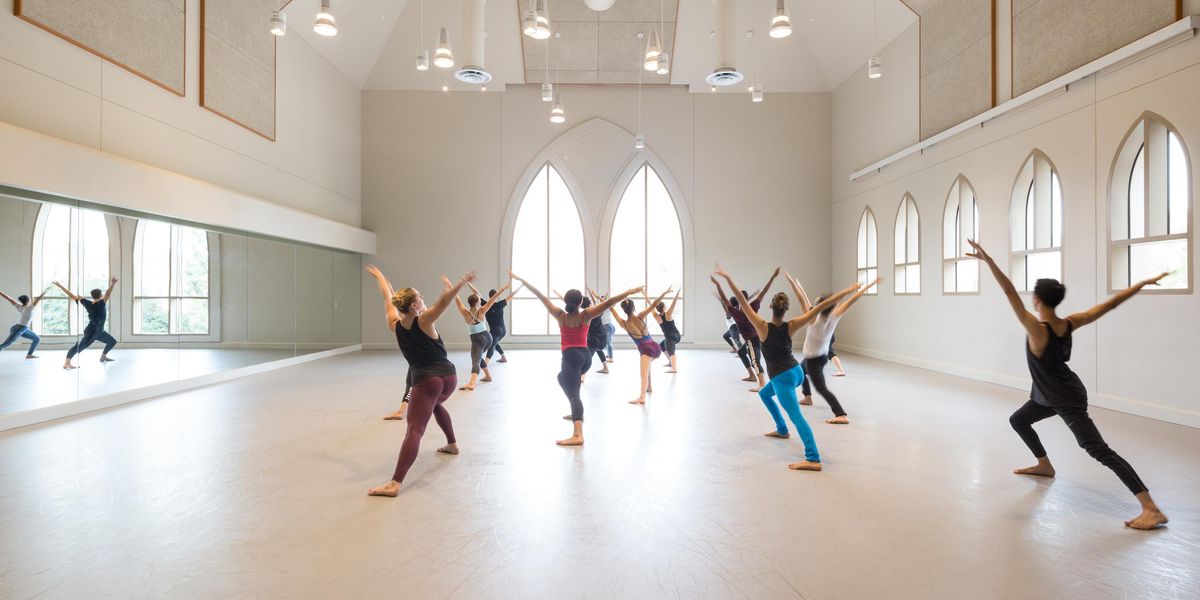10 Minutes with Sasha Waltz
The German choreographer brings her visionary dance theater to the U.S.
Niannian Zhou, of Sasha Waltz & Guests, in Continu. Photo by Sebastian Bolesch, courtesy BAM.
Whether reinterpreting Wagner or exploring the forces of destruction, Berlin-based choreographer Sasha Waltz creates postmodern worlds onstage. She populates them with dancers whose ages, origins and training vary widely, but their common language is bold and expressive. Waltz enlists equally avant-garde collaborators in her dance-theater odysseys—more than 300 visual artists, filmmakers, composers and architects since founding Sasha Waltz & Guests in 1993. Her company makes an appearance at the Brooklyn Academy of Music’s Next Wave Festival December 4–5, with Continu (2010), an evening-length work inspired by two of her museum installations: one raw, dynamic and musical, the other bright, cerebral and minimalist.
Tell me about the two works that make up Continu.
In 2009, I did the inauguration of the Neues Museum in Berlin, which houses an Egyptian collection. The building was terribly destroyed after the war, and they tried to rebuild it while still keeping the scars. It was a very moving and beautiful way to deal with architecture. I used the whole museum, and the public was freely moving through the space. Also in 2009, I did an opening for the National Museum of the XXI Century Arts in Rome, which was developed by Zaha Hadid. That had very contemporary, very organic forms, white and glass.
How did you translate these to the proscenium?
I abstracted them very much, because it’s not possible to rework architecture like that. The first part is very emotional, like an outcry of society. It talks a lot about collective. The second part, in contrast, is our mind observing. It is the deconstruction of the body and of certain theories of aesthetics. It’s very analytical.
You’ve always taken a collaborative approach to making work.
I find it very stimulating to confront my own vision with the vision of someone else, and to see how that creates something different.
Your company members are also your collaborators. What do you look for in a dancer?
I’m not hooked on a certain technical background. I am interested in people’s uniqueness. I really fall in love with the person, and through my work, try to understand who they are and bring out their essence. It’s a very deep connection because we go into a universe together that is more than myself and more than them. I’ve been collaborating with some of them for more than 20 years.
How do you work in the studio?
I separate the women and men and work very intensively. The Venus space is like a research into femininity, motherhood, deep energies of creative power. The warrior side is more the men’s work. We go into a process of improvisation for quite a long time, and bit by bit, a language gets created that is quite unique.
Where do you think dance theater is headed?
It’s very open and diverse. Collaboration with contemporary art is really developing, and museums are extremely interested in dance. It depends on the artist—there are so many languages within every person.
n





